
Bilateral coordination is the ability to use both sides of the body in a coordinated and synchronized way. It is an important skill for children to develop as it plays a critical role in their overall physical and cognitive development. In this blog post, we will explore the importance of bilateral coordination for children and provide tips on how parents and caregivers can help promote this skill.
Developing fine motor skills
Bilateral coordination is a critical component in developing fine motor skills. Activities such as holding a pencil, using scissors, buttoning clothes, and tying shoelaces require the use of both hands working together in a coordinated manner. Without proper bilateral coordination, these activities can become challenging and frustrating for children.
Enhancing gross motor skills
In addition to fine motor skills, bilateral coordination is also essential for gross motor skills such as running, jumping, and skipping. These activities require the use of both sides of the body working together to maintain balance and coordination. Without proper bilateral coordination, children may struggle with these activities, leading to a lack of confidence and reduced physical activity levels.
Improving cognitive function
Bilateral coordination plays an essential role in improving cognitive function. When children use both sides of their body in a coordinated way, it helps to improve their spatial awareness, visual perception, and hand-eye coordination. These skills are critical in activities such as reading, writing, and problem-solving.
Building social skills
Bilateral coordination also plays an important role in building social skills. Activities such as playing catch, passing a ball, or participating in group games require children to use both sides of their body in a coordinated way, while also interacting with others. This helps to build teamwork, communication, and social skills.
So, how can parents and caregivers help promote bilateral coordination in children?
- [Provide opportunities for play] Provide opportunities for play that require the use of both sides of the body such as climbing, jumping, and playing catch. This will help to build gross motor skills while also promoting social interaction and teamwork.
- [Encourage fine motor activities] Encourage activities that require the use of both hands such as drawing, painting, and coloring. These activities will help to build fine motor skills while also promoting bilateral coordination.
- [Practice crossing the midline] Crossing the midline is an important component of bilateral coordination. Encourage activities that require children to cross the midline such as reaching across their body to grab an object or playing games that require reaching across the body.
- [Provide sensory activities] Sensory activities such as playing with playdough or finger painting can also help promote bilateral coordination by providing tactile stimulation to both hands.
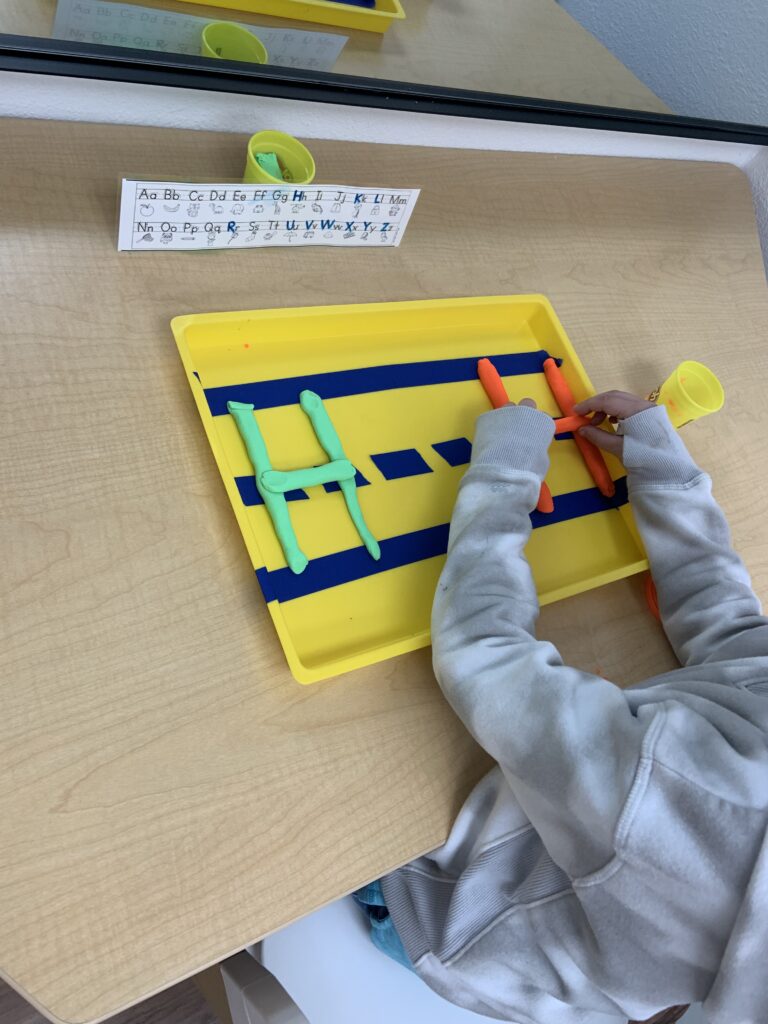
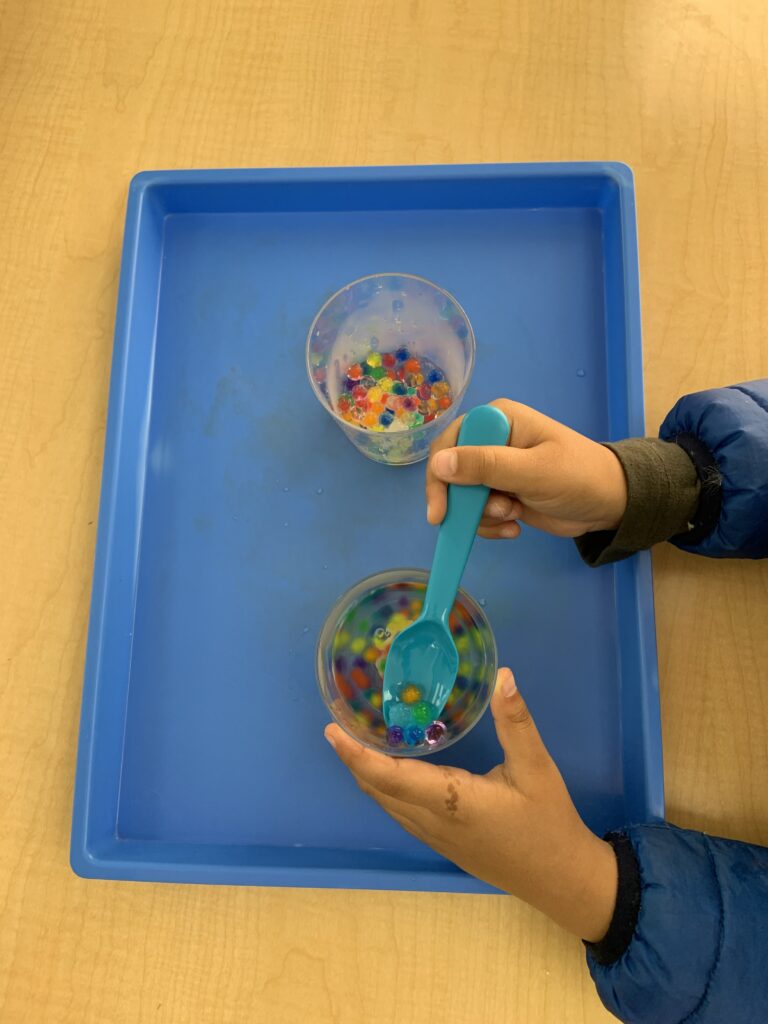
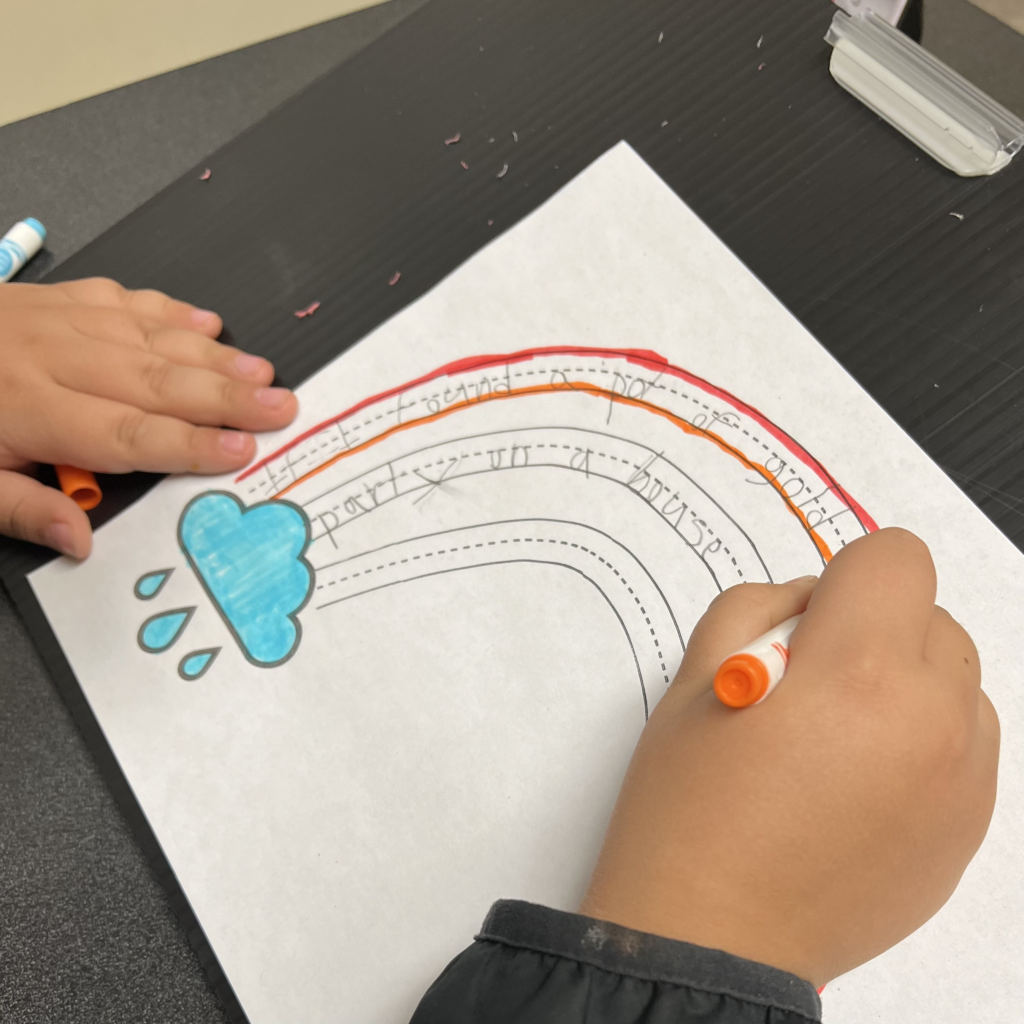
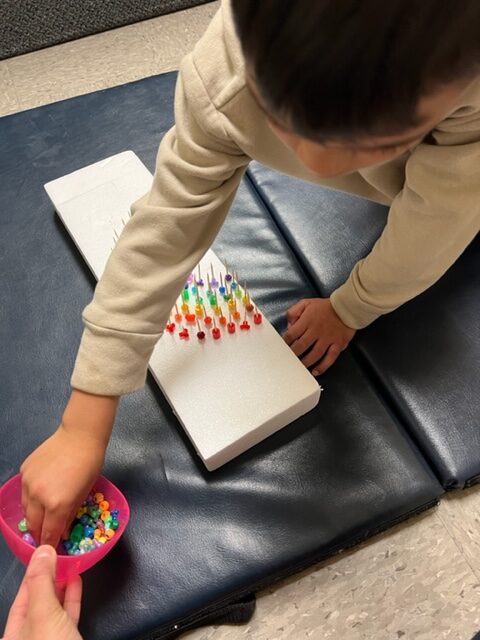
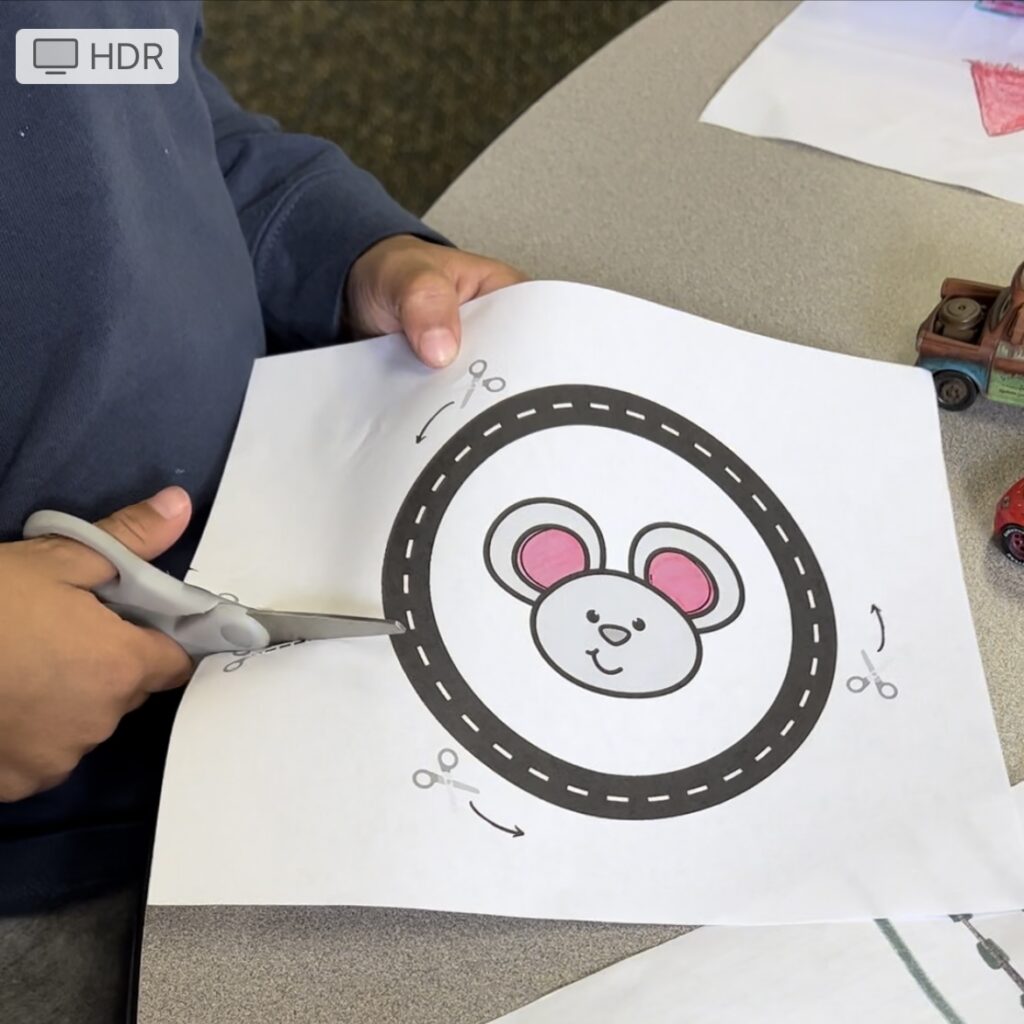
In conclusion, bilateral coordination is a critical skill for children to develop. It plays an essential role in developing fine motor and gross motor skills, improving cognitive function, and building social skills. By providing opportunities for play, encouraging fine motor activities, practicing crossing the midline, and providing sensory activities, parents and caregivers can help promote bilateral coordination in children and set them up for success in all aspects of life.







